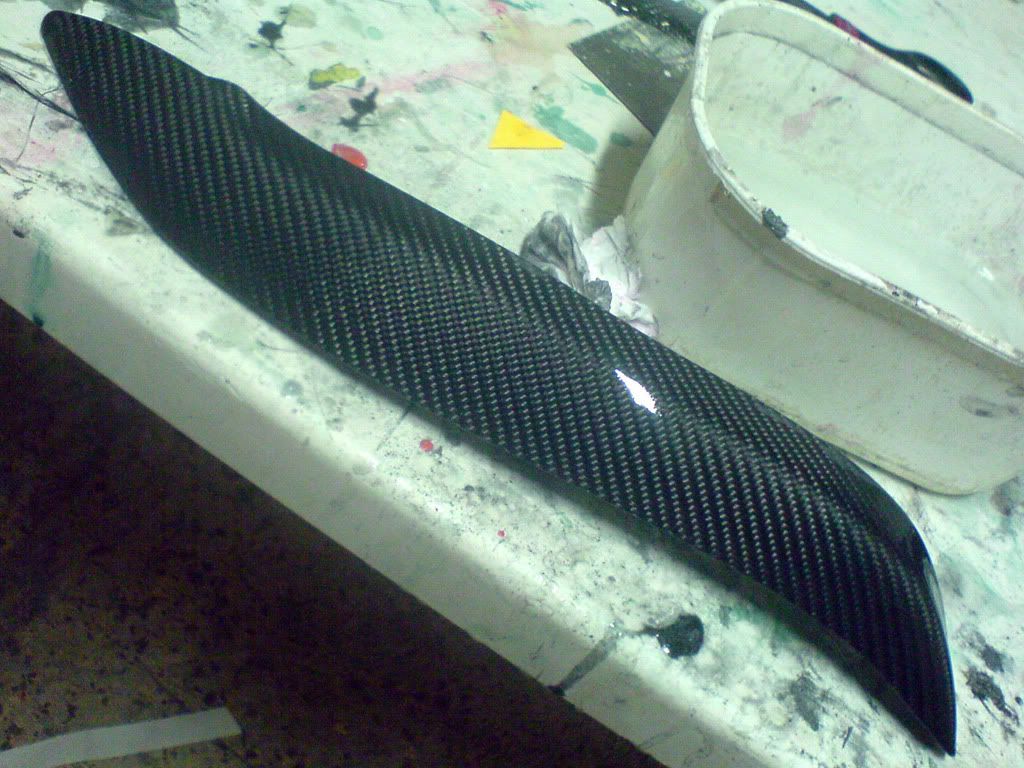I wrapped the c pilars from my car. I used some epoxy resin from PTM&W Industries.
I have tried sanding some practice area before and it was strange. The resin felt kind of soft. When i sanded with rough stuff, it scrapped the coating byond repair. When i sanded with fine grit, the resin became a cloudy white color and I was unable to get it to a nice polished finish.
What am I missing here? Should i apply clear coat before sanding? I thought I was going to be able to snad the resin directly.
Are some resins sandable and others not? Is this because of the epoxy? Because I am sanding by hand? What?
Eager to finish things up





